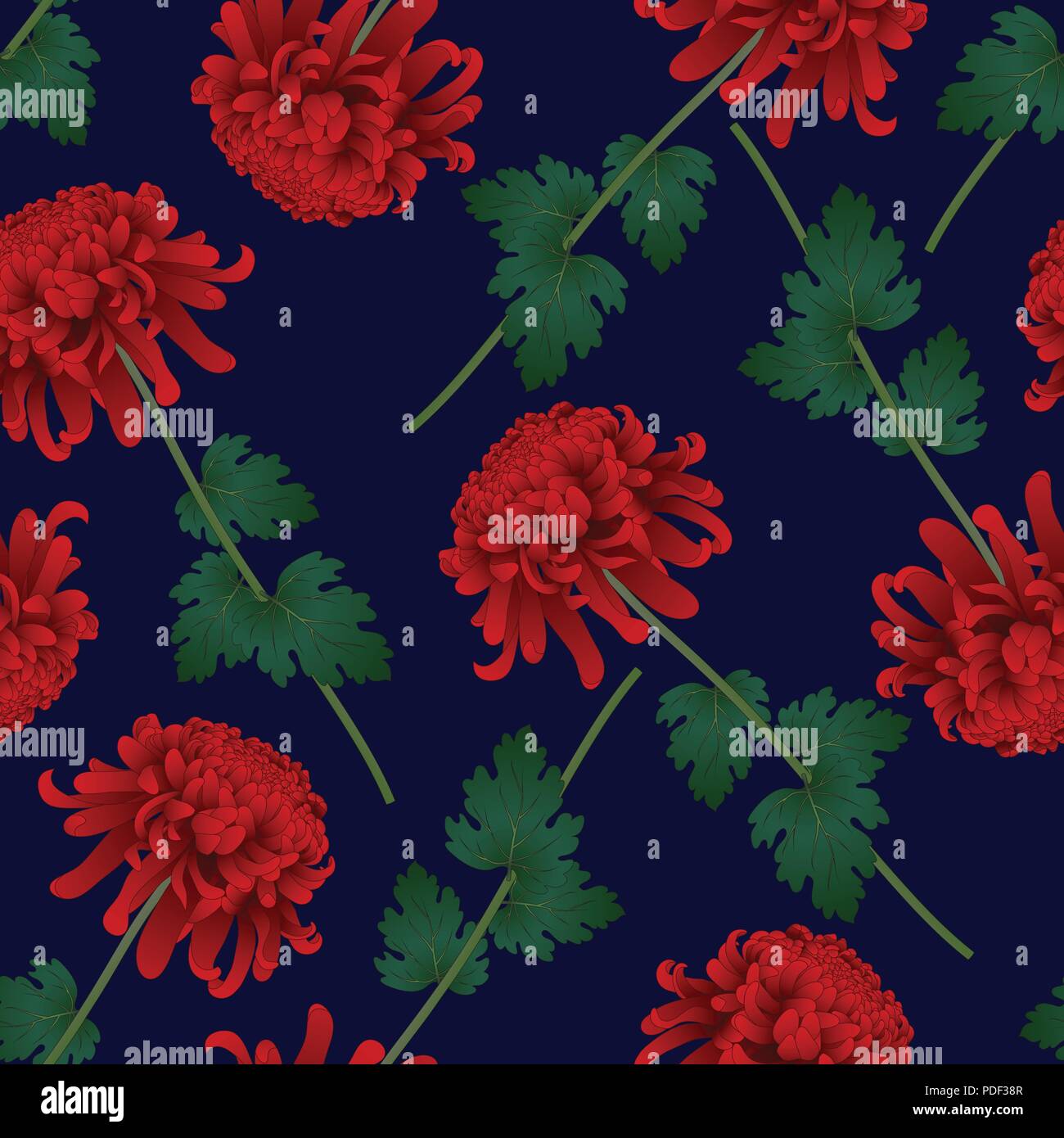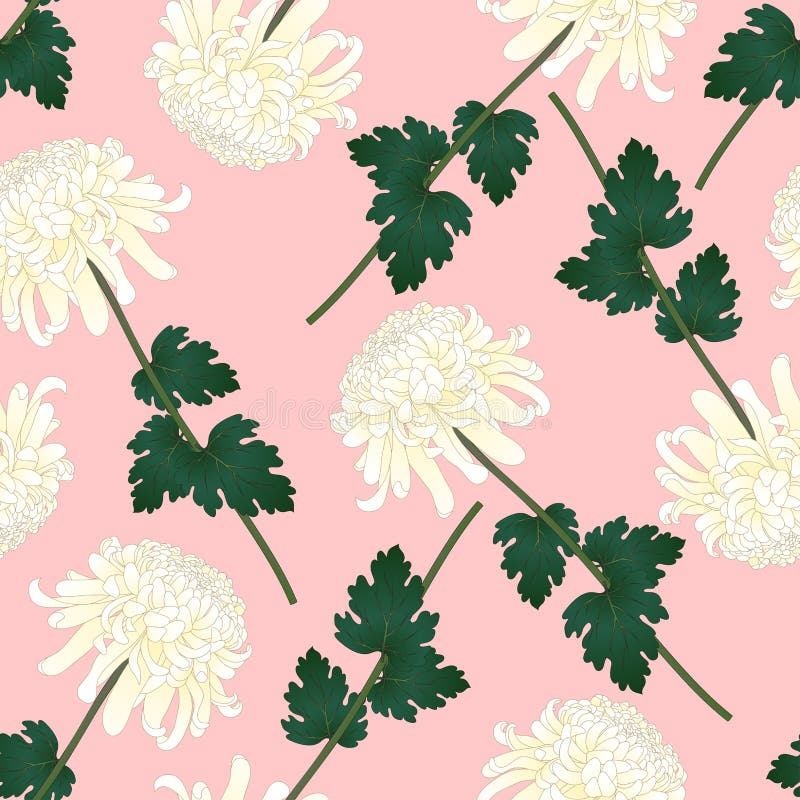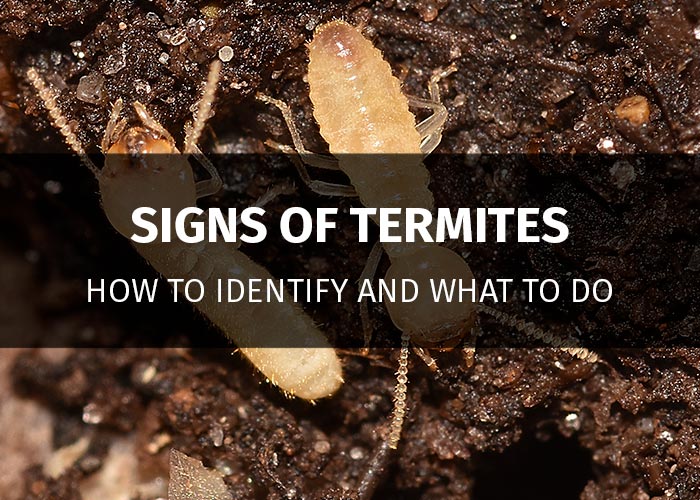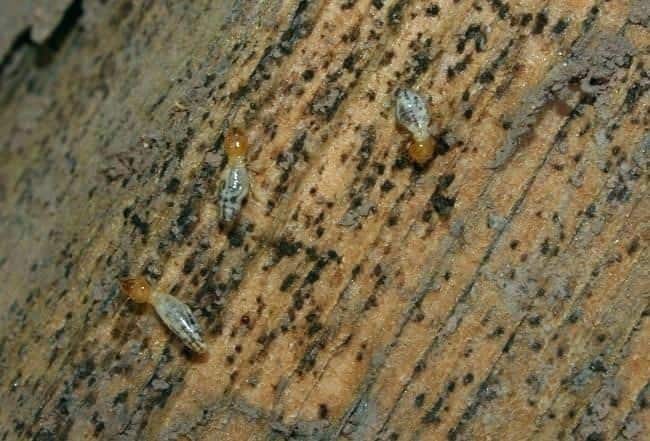Table Of Content

Adding a water feature is a wonderful garden decor idea that brings an extra dimension to the garden, providing a focal point and lending a sense of peace and tranquillity. Jill puts her love of plants and all things garden related down to the hours spent pottering around with her Nan and Grandad when she was little. Today she is lucky enough to have a garden of her own in Surrey, England, and spends much of her time writing about them too.
Japanese garden ideas: 14 ways to create a tranquil space with landscaping and plants
This school of ikebana design commonly incorporates piled-up flowers (moribana) in its designs, and this use of flowers made the most of the new, western blossoms that were coming to the island. As a whole, ikebana floral arrangements should contain design elements or a triangular structure that symbolizes heaven, earth, and humanity existing in harmony. Three branches of different lengths, called shushi, represent these three symbolic elements. The longest branch (shin) symbolizes heaven, the medium-length branch (soe) represents humanity, and the shortest branch (hikae) symbolizes the earth.
Behind the HYPE: Takashi Murakami's 'Flowers' - HYPEBEAST
Behind the HYPE: Takashi Murakami's 'Flowers'.
Posted: Fri, 20 Nov 2020 08:00:00 GMT [source]
What are the basic principles of Ikebana?
In hanakotoba, they represent these meanings with the addition of passionate love. In the west, sunflowers symbolize admiration and loyalty, and they symbolize unwavering faith and unconditional love in the language of flowers. You can create the most basic style by placing shin at the center back of the kenzan, 10 degrees to the left and 10 degrees forward. To make it easier, you can print and fold the Ikebana Angle Guide below to help you understand how to position your flowers and branches. The branches and flowers—shin, soe, and tai—are all measured in relation to the utsuwa. To determine the proper lengths of these elements, measure the height and width of your vase and add these measurements together.
Keep the color palette consistent
Ikebana Flower Pin Holder holds flower stems in place, and includes a rubber gasket to prevent damage to the flower vase. If you have your own cut flower garden at home, then ikebana could be a great way of displaying prized flowers without hiding them amongst a large bouquet. Many works of various schools on ikebana were published in the centuries from the Ken'ei (1206–1207) to the Genroku (1668–1704) eras, all founded on Sōami's idea of the three elements. A number of texts documenting ikebana also existed, though few contained directly instructional content; however, these books were fully illustrated, thus documenting the gradual progress of the art. It’s also about expressing emotions and capturing a moment in time. The arranger is encouraged to think about the source of the materials, the season, and their personal feelings.
What is ikebana? A florist explains, and shows how to do it - Homes & Gardens
What is ikebana? A florist explains, and shows how to do it .
Posted: Fri, 13 Jan 2023 08:00:00 GMT [source]
III. The History of Ikebana
Left open to the elements, the beauty also lies in the way the lines are shifted by the wind and rain. Choose a pale, cool shade of gravel – dove gray, white marble and silver blue granite all work well – and go for 6mm stones laid 75mm deep for defined raked lines. Let the beauty of natural stone and Japanese garden ideas inspire you to transform a dull, sloping site. A tsukubai is a hand washing basin composed of several elements that is commonly used in Japanese tea gardens.

These pieces follow the three-stem system of shin, soe, and hikae—elements that have traditionally represented heaven, man, and Earth, respectively. Now, on a practical level, they refer to the main stems that are employed. All other stems are called jushi, meaning supporting or subordinate stem. Symbolism also runs through the shape of the arrangement, as well as the color.
Suitable Occasions for Gifting Ikebana Arrangements
The concept and style of classic flower arrangements – such as Rikka and Seika – continue to be fundamental, but modern tastes have led to the use of a variety of materials not previously used in Ikebana. In this example, perhaps the unique flower vase with its three thin, painted lines inspired the artist to create this stunning arrangement. If plant materials were not used, this arrangement could be considered a contemporary sculpture.
When choosing between an ikebana design or traditional Western principles of floral design, it’s essential to consider your recipient and their own individual style and aesthetic preferences. In ikebana, different types of containers have different symbolic meanings. The colors, shapes, and materials used to make the containers can all carry different representations and affect the core symbolic meaning or emotional feeling of an ikebana arrangement.
gardenista_sourcebook
For Nageire compositions, you won’t need to affix the dominant branch, instead, they sweep down at an angle 45 degrees from the tall vase, and leans 45 degrees forward. The size and weight of the floral materials will help determine the height and width of the vase to be used. To make the floral material stand in the desired position, some elementary principles of the dynamics of physics must be considered. Simple floral arrangements were made as early as the 7th century, when Buddhism was introduced to Japan from China.
In hanakotoba and Japan in general, lavender symbolizes faithfulness and fidelity. In the West, lavender flowers symbolize calmness, silence, serenity, purity, grace, and devotion. Hydrangeas have a place in a Japanese legend that tells the story of an emperor who had neglected the girl he loved in favor of focusing on business. He gifted hydrangea shrubs and flowers to her family to apologize and show how much he cared for her. Today, they symbolize apology, heartfelt emotions, and gratitude for understanding. They produce intricate and showy flowers that range in size from about 2 inches in diameter to one foot in diameter.
She loves using flowers to bring story into space, creating an experience and highlighting sacred moments for brides and hosts so they feel known, celebrated, and inspired. She teaches workshops and creates spaces of reflection and beauty with her arrangements. With that, we invite you to embark on your own journey into the world of Ikebana. Let the flowers, stems, and leaves be your canvas, and let your heart guide you in arranging them. There’s a world of beauty waiting to be discovered, one arrangement at a time.

A few, carefully chosen and placed pieces will add a chic and tranquil atmosphere to your outdoor lighting ideas, whereas too many can result in a cluttered, themed look. Lush, glossy foliage and the intense orange, crimson leaves of acers are all accentuated by this dark, moody shade and it will also throw the intricate-shaped foliage into sharp relief too. This fashion for Japanese gardens spread rapidly after Japan, isolated for several centuries from foreigners, opened its borders for trade with the United States in 1858. The garden is an important instrument for the guests’ mental preparation. Walking from the entrance of the garden towards the tea room, guests purify themselves through various rituals in order to achieve the right mindset for the coming ceremony. Japan has two de facto national flowers, the cherry blossom (Prunus serrulata) and the florist’s chrysanthemum (Chrysanthemum morifolium).
Japanese gardens come in all shapes and sizes, from zen gardens to small courtyard gardens to the larger tea and stroll gardens that are designed to be walked around rather than viewed from a static spot. Fast growing, sustainable, tough and durable, bamboo is an unbeatable natural material that simply oozes Japanese style. Used for centuries in Japanese garden ideas and harvested in every size, its garden uses range from channelling water, creating fencing, privacy panels, archways, pathways and – of course – wind chimes. Japanese gardens feature a large variety of unique elements and styles. And don’t forget to check out Real Japanese Gardens where you can find downloadable ebooks on all aspects of Japanese garden design.
There's more suggestions for the best ground cover plants in our guide. The information you provide to Pacific Horticulture is NEVER sold, shared, or rented to others. A season can be counted in days; a garden’s life counted in hundreds of years. Several varieties of mosses are cultivated with the most common type being the sugi-goke, a Polytrichum variety.
Indeed, the biggest floral trend of 2023 challenges how we approach flower arranging in the Western world. Part art, part meditative practice, ikebana uses flowers, branches, stems and leaves to create precise arrangements that are as symbolic as they are beautiful. These elements are combined, traditionally in an ornate Chinese vase, to create bursting, triangular shapes, with tall elements at the center and shorter ones shooting outwards. To be able to make the main elements stand upright without support requires a high level of technical skill.
However the designs turn out, the results should be an intentional balance of shushi that symbolizes the harmony between heaven, earth, and humanity while also honoring the seasons or other occasions. In ikebana, it is not enough to have beautiful materials if the materials are not artfully employed to create something even more beautiful. Given a skilled maker, one carefully placed flower can be just as powerful as an elaborate arrangement. Historically, ikebana used native Japanese flora, like cherry blossoms, chrysanthemums, pine, and bamboo, which had different meanings and associations. But modern ikebana incorporates many different blooms with an eye toward seasonality and space.













